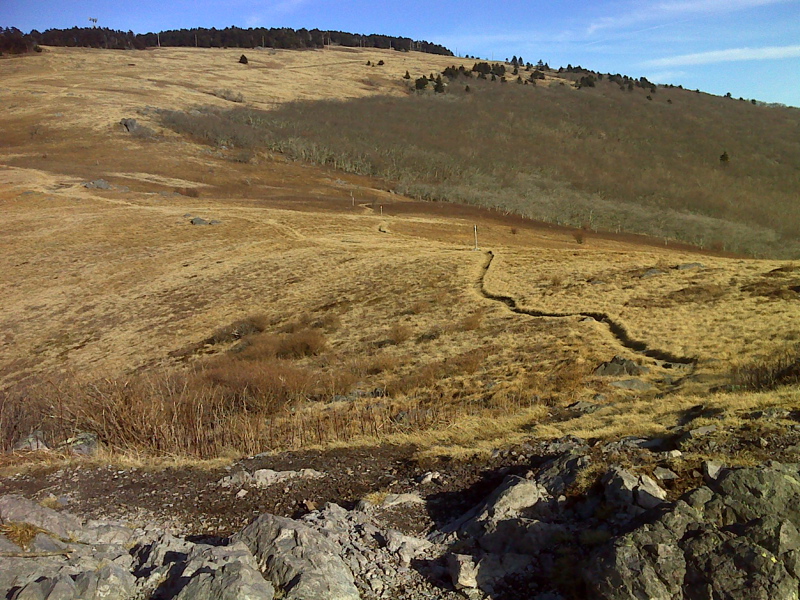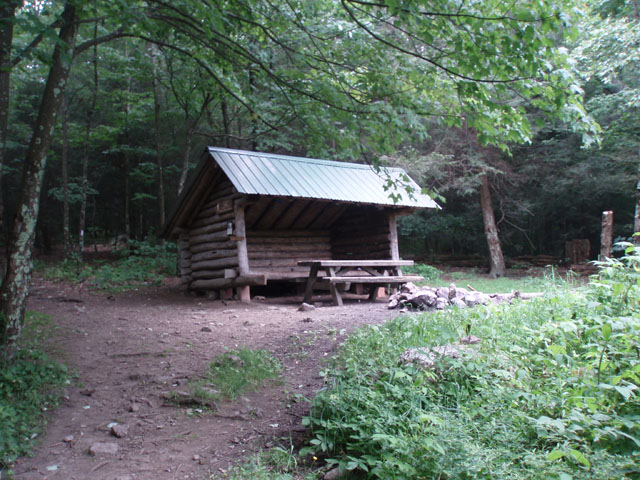Jeffrey Rasley
"The mountains are calling and I must go"
John Muir
Welcome to Mountaineering! This sport goes higher than any and forces adventurers into some of the most hostile yet beautiful places on Earth!

www.summitpost.org

http://www.mensjournal.com/adventure/outdoor/mountaineering-made-easy-20120627
In this sport great skills in wilderness first aid, backpacking and cooking are essential. Strong rock climbing skills are also vital especially for steep sections of mountains. In mountaineering there are 5 classifications to mountains. Here are a few basic scales used in determining mountain difficulty.
Grade I:
|
Normally requires several hours; can be of any difficulty.
|
Grade II:
|
Requires half a day; any technical difficulty
|
Grade III:
|
Requires a day to do the technical portion; any technical difficulty
|
Grade IV:
|
Requires a full day for the technical portion; the hardest pitch is usually no less than 5.7 (in the YDS rating)
|
Grade V:
|
Requires a day and a half; the hardest pitch is usually 5.8 or harder
|
Grade VI:
|
A multiday excursion with difficult free climbing and/or aid climbing
|
Class 1: Hiking
Class 2: Simple scrambling, with the possible occasional use of the hands
Class 3: Scrambling; a rope might be carried
Class 4: Simple climbing, often with exposure. A rope is often used. A fall on Class 4 rock could be fatal. Typically, natural protection can be easily found
Class 5: Where rock climbing begins in earnest. Climbing involves the use of a rope, belaying, and protection (natural or artificial) to protect the leader from a long fall. Fifth class is further defined by a decimal and letter system – in increasing and difficulty. The ratings from 5.10-5.15 are subdivided in a, b, c and d levels to more precisely define the difficulty (for example: 5.10a or 5.11d)
5.0-5.7: Easy for experienced climbers; where most novices begin.
5.8-5.9: Where most weekend climbers become comfortable; employs the specific skills of rock climbing, such as jamming, liebacks, and mantels.
5.10: A dedicated weekend climber might attain this level.
5.11-5.15: The realm of true experts; demands much training and natural ability and, often, repeated working of a route.
http://www.mountainmadness.com/resources/climbing-rating-systems
Some mountains can be summitted and descended safely in one day with a pair of hiking boots. Others may require ice axes, crampons, rope, cams, quick draws, ice screws, helmet and anchors. http://visual.merriam-webster.com/sports-games/mountain-sports/climbing/mountaineer.php
http://visual.merriam-webster.com/sports-games/mountain-sports/climbing/mountaineer.php
 http://visual.merriam-webster.com/sports-games/mountain-sports/climbing/mountaineer.php
http://visual.merriam-webster.com/sports-games/mountain-sports/climbing/mountaineer.php
Some of these technical climbs can take several days as the terrain is near vertical a demands great physical fitness and climbing equipment. For any mountain ascent be it a grade 1 or 6 being in good physical shape (cardiovascular and strength) and having the right equipment will ensure a safer and more enjoyable ascent and descent. Estimating how much time you will need to complete a mountain and weather all play into a safe climb. In most cases getting off the summit/high places of a mountain before the afternoon is preferable since afternoon thunderstorms bring with them deadly lightning and high winds. Be sure you know when to turn around and begin to descend even if you have not made it to the summit. "Getting to the top is optional. Getting down is mandatory." Ed Viesturs (famous Himalayan mountaineer) Again, climb smart or else the mountain will kill you. Most deaths/accidents happen on the descent so keep that in mind and respect it. As I mentioned in an earlier post the film "Touching the Void" is a great display of what can really happen on a mountain. Play it safe but have fun also and you are in for a fantastic sport! Go hit the nearest mountain near you!

http://www.loyaltours.com/mountaineering.html
 http://carlosbuhler.blogspot.com/
http://carlosbuhler.blogspot.com/













